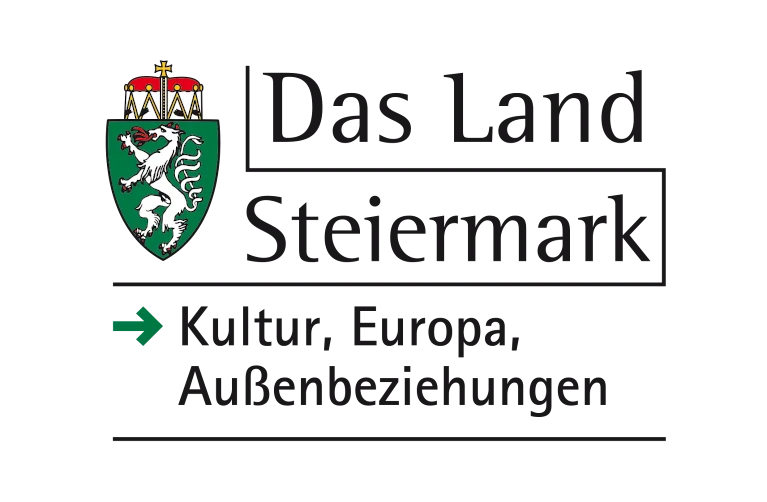USA, Israeli
First Language(s): Hebrew
Second Language(s):
English
David's artworks and writings are self-reflections of an Israeli living in Los Angeles since 1987, through the lens of art, travel, trauma, and culture. David is a fan of the Chelsea football club. He is an avid Audible books listener. He swims and practices dance and yoga regularly.
What was your favorite book as a child?
In my teenage years (the 70's), the book Life as a Parable by Pinhas Sadeh had a profound effect. It offered a powerful breeze to the narrow view I had of myself and the world. Sadeh's autobiographical stories centered around a man alone facing loneliness, travels, struggles, love, sex, and God. The writing style mixes childish, innocent poetry with angry, cranky prophecy. This novel is a chapter in my biography. I keep the old red-colored hardcover; it traveled a lot, and it shows.
Do you remember the original reason or motivation why you started writing creatively?
Unlike my other creative pursuits, writing is coming to me in infrequent blasts, like a wave I have no choice but to deal with and dive into deeper. I am not a daily writer. My writings are sporadic, driven by a deep need to be carved, shaped, put together, and shared. My essays are often the sum-up of thoughts that ran and evolved through me for many years and finally found a home. When a personal essay is complete, I, too, feel like I found a home and can let myself rest.
What was the most adventurous or thrilling thing you ever did/experienced?
I served as a paratrooper in the Israeli army from 1978 to 1981. We performed daring operations across the border, mostly at night. Those experiences were not adventurous and thrilling in the same sense of the words as a few of my civilian life experiences, such as climbing the Annporna Pass in Nepal or bicycling the Death Road in Bolivia.
Do you listen to music while reading or writing?
I don't listen to music while writing. My mind is taken by the weaving sounds of words, half sentences, and paragraphs as I attempt to put together personal stories, historical facts, and reflections to themselves into an essay. At times the pieces flow like chill-out music – smooth, easy, and soothing; at other times, they feel like a piece of heavy metal music – cranky, irritating, and annoying.
Essay
When Trauma Meets Art
Issue Spring '22
Supported by:

